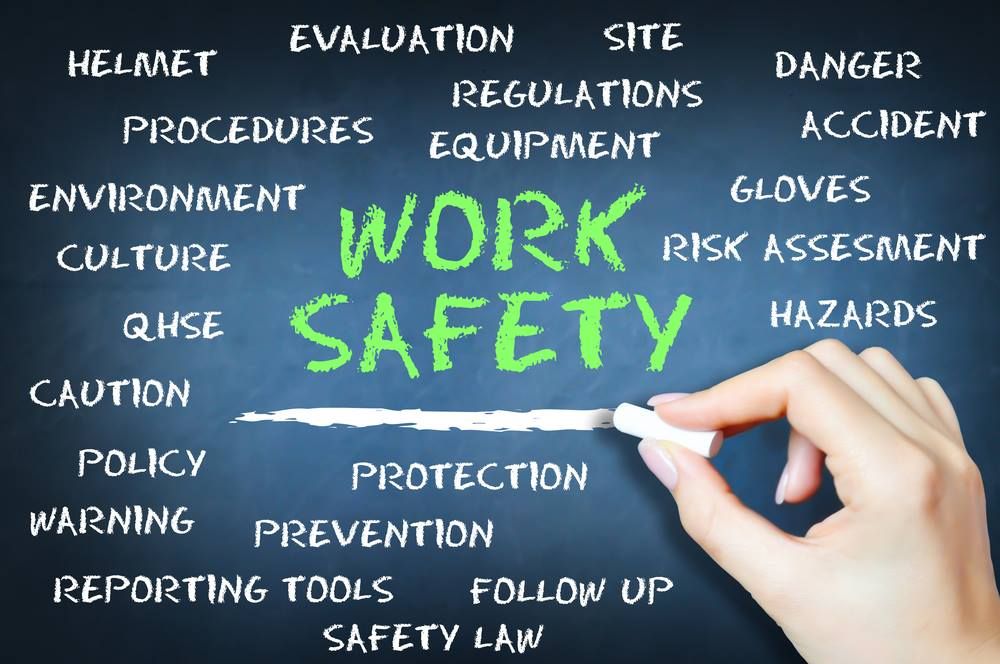In today’s fast-paced business environment, workplace safety and risk management have become paramount concerns for organizations across all industries. As companies strive to protect their most valuable asset – their employees – the need for robust safety measures and comprehensive risk management strategies has never been more critical. This article explores the key aspects of creating a secure work environment and mitigating potential hazards.
The Foundation of a Safe Workplace
Understanding the Basics of Risk Assessment
At the core of effective workplace safety and risk management lies a thorough understanding of potential hazards. Companies like Get Hire Technologies, Inc. specialize in helping businesses identify and assess risks in their specific work environments. By conducting regular risk assessments, organizations can proactively address safety concerns before they escalate into serious incidents.
Cultivating a Culture of Safety
Creating a culture that prioritizes safety is essential for successful risk management. This involves more than just implementing rules and regulations; it requires fostering an environment where every employee feels responsible for their own safety and that of their colleagues. Regular training sessions, open communication channels, and leading by example are crucial elements in building this culture.
Implementing Effective Safety Measures
Leveraging Technology for Enhanced Safety
In the digital age, technology plays a vital role in workplace safety and risk management. From wearable devices that monitor environmental conditions to AI-powered surveillance systems that detect potential hazards, innovative solutions are revolutionizing how we approach safety in the workplace.
Developing Comprehensive Emergency Response Plans
No matter how robust your preventive measures are, being prepared for emergencies is crucial. Developing and regularly updating emergency response plans ensures that all employees know exactly what to do in critical situations, minimizing panic and potential harm.
The Role of Leadership in Risk Management
Empowering Employees Through Education
Knowledge is power when it comes to workplace safety. Leaders must ensure that all employees receive adequate training on safety protocols, risk identification, and proper use of safety equipment. This empowerment not only reduces the likelihood of accidents but also creates a more engaged and responsible workforce.
Continuous Improvement and Adaptation
The landscape of workplace safety and risk management is constantly evolving. As new technologies emerge and work environments change, organizations must be willing to adapt their strategies. Regular reviews of safety policies, staying informed about industry best practices, and being open to employee feedback are essential for continuous improvement.
Workplace safety and risk management are not just regulatory requirements; they are fundamental aspects of running a successful and responsible business. By prioritizing these areas, companies not only protect their employees but also enhance productivity, improve morale, and strengthen their reputation in the marketplace.
As we move forward in an increasingly complex work environment, the importance of robust safety measures and risk management strategies cannot be overstated. Organizations that invest in creating safe workplaces today are laying the foundation for a more secure and prosperous future for all stakeholders involved.









